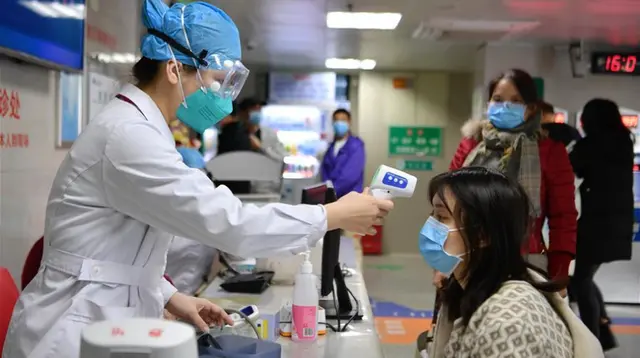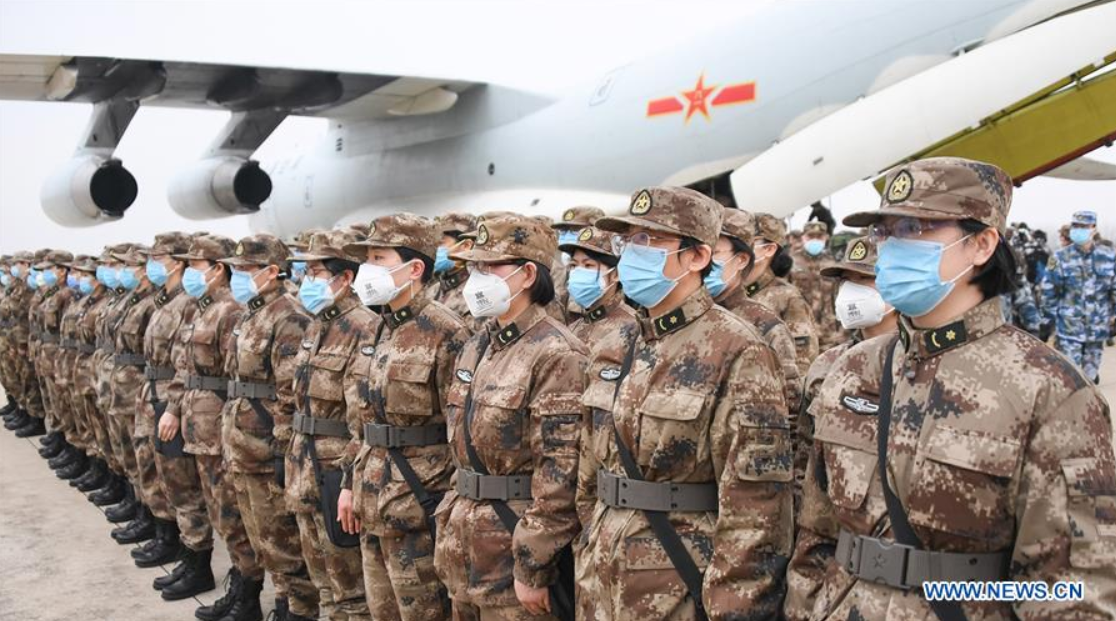
Military medical staff airlifted by eight large transport planes from the People's Liberation Army (PLA) air force arrive at Tianhe International Airport in Wuhan, central China's Hubei Province, February 2, 2020. /Xinhua
Since January, China has taken a variety of measures to contain the spread of novel coronavirus.
The first major move was taken when Chinese authorities decided to lockdown the city of Wuhan, the epicenter of the coronavirus and a transportation hub with a population 1.3 times that of New York.
But rapidly rising numbers of infected cases put the local health care system under tremendous stress, which prompted the central authorities to launch an unprecedented rescue mission and nationwide battle against the epidemic.
The first batch of medical teams from outside central China's Hubei Province was dispatched to the strained city on Chinese New Year's Eve. Meanwhile, Chinese construction workers were gathered to build a 1,000-bed hospital within 10 daysand work on a second facility with 1,300 beds followed two days later. Top Chinese scientists, including veteran respiratory expert Zhong Nanshan, havealsoled research teams to guide disease control and treatment in Wuhan.
The Chinese government called on 19 other provinces, municipalities and autonomous regions to send medics to affected cities in Hubei.
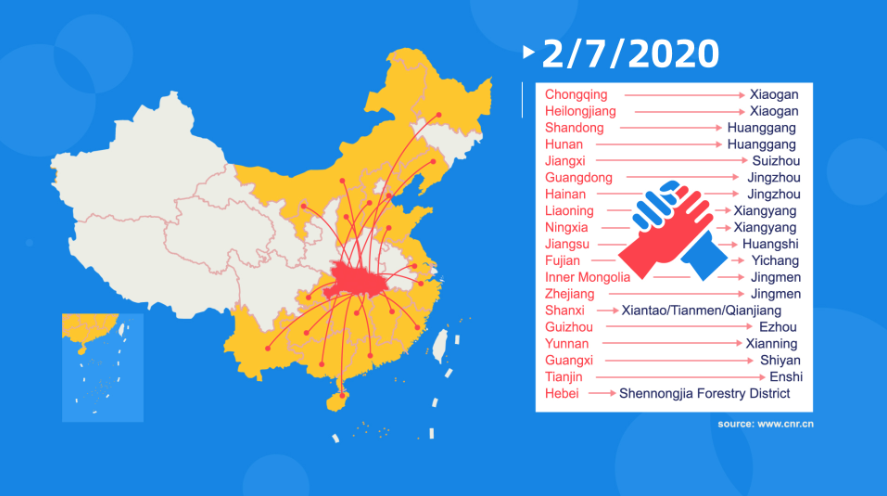
While other provinces are much less affected by the outbreak, extraordinary measures have also been introduced outside Hubei.
In densely-populated metropolises,thoroughandmeticuloussanitationwork has been routinely carried outin public transportation facilities, office buildings and essential public venues. Body temperature checking posts have been set up throughout the cities, covering not only the entry and exit stops but also places where crowds are expected.
In Beijing's Guomaosubwaystation, for instance, public spaces, operating systems and toilets are attended to five times a day. "We take complete disinfection measures inside the station and subway cars. Every hour we sanitizekey areas such as security checkpoints, ticket vending machines and ticket barriers," the head of Guomao station told CGTN.
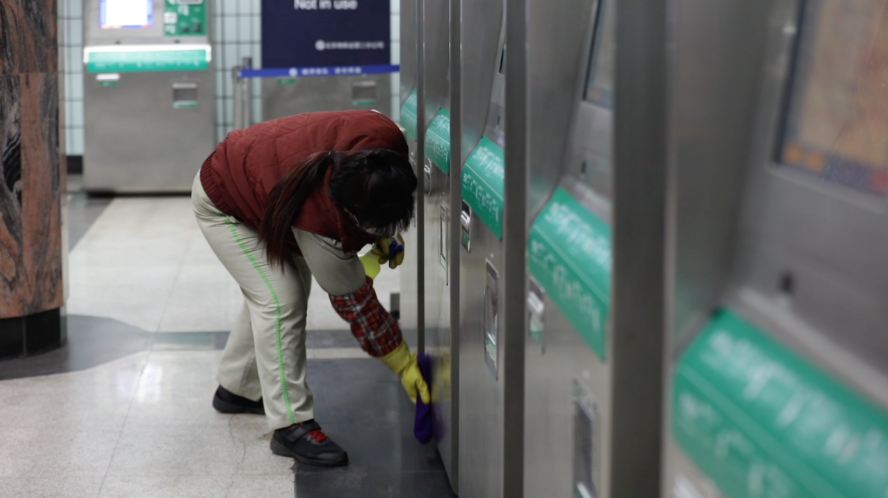
Staff is disinfecting facilities at a subway station in Beijing, China. /CGTN
Small towns and peripheral areasare also not left alone. In some villages, innovative slogans to alert residents to the threat of the raging virus have been publicized. Village officials have beentranslating fancy medical terms into plain language.
Signs of possible infections have also prompted local authorities to place entire villages on lockdown, preventing the virus from travelling outside the area.
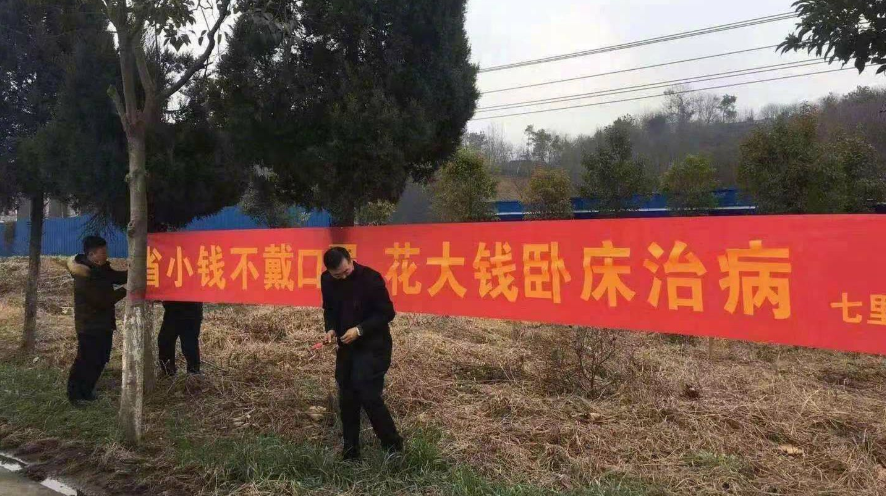
A banner saying "Wearing no masks saves a penny, but lying in a hospital bed costs much more" is seen hung up in a village in China. /CCTV
Many of the large-scale efforts looking to tame the outbreak are a bitter pill to swallow for ordinary Chinese. With restaurants, shopping malls and other public venues ordered to shut down, the lives of some 60 million have been largely reduced to activities in their homes.
Meanwhile, those who have come into contact with travelers are subjected to a mandatory quarantine for 14 days before they are allowed to come back for work.
Besidesself-quarantine, the most noticeable change for city dwellers is the added security to their residential compounds.In most communities, a security guardsituated at the gate uses an infrared thermometer to test the body temperature of anyone at the entrance, with only those who provide an issued entrance card allowed in.
Those who have ventured outside of the province, are required to log their recent travel history by scanning a QR code before entering their residence. This allows the authorities to check whether they have come into contact with an infected patient or come from any coronavirus-hit area.
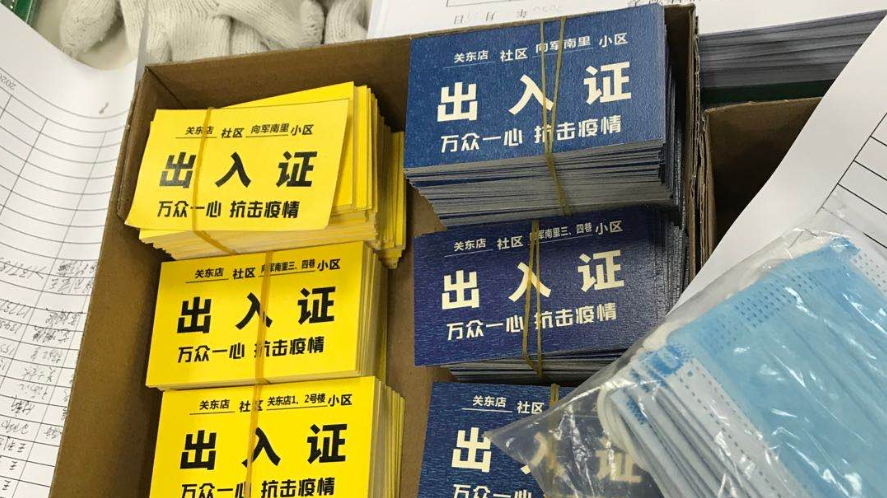
Residents are issued with entrance cards in residential compounds, Beijing, China. /CGTN
All this has been realized because policies laid out by those at the top have been smoothly devolved into the fabric of civil society, with local authorities at all levels implementing specific measures and private, state-owned companies alike coordinating to assure the rigidity of such implementation. In residential compounds, for example, property management companies have been taking responsibility for regulating residents by closely working with neighborhood committees.
Despite all the difficulties Chinese citizens have to face amid the crisis, their needs for daily essentials such as food and water are guaranteed. This is largely thanks to the discretionary, yet efficient supply chain jointly maintained by essential goods suppliers, logistics companies, as well as a lot of volunteers, old and young.
In the education sector, although schools, universities have all suspended classes, tech companies have raced to offer online platforms for teachers to continue giving lessons.
To ensure a steady supply of protective gear, an estimated 3,000 manufacturers have added masks, disinfectant, protective suits, thermometers and other medical equipment to their businesses by converting part of their assembly lines to meet the rapidly growing demand within the country. Wuling Motors, a Chinese carmaker known for its economical vans, is now producing 200,000 surgical masks per day.
Authorities have also been taking far-reaching steps to raise people's awareness of the ongoing outbreak. Information campaignsurging people to wash their hands and wear a mask in publicare pervasive throughout the country. Some have been aired on prime-time television and some take the forms of pamphlets in public spaces. A more innovative measure was seen in Taizhou, a city in Jiangsu Province, where drones were deployed to warn its residents against the wrong types of behavior.
Now that the main battlefield has largely shifted from China to the rest of the world as new cases of COVID-19 outside China has exceeded those within the country, Beijing is looking to offer its help.
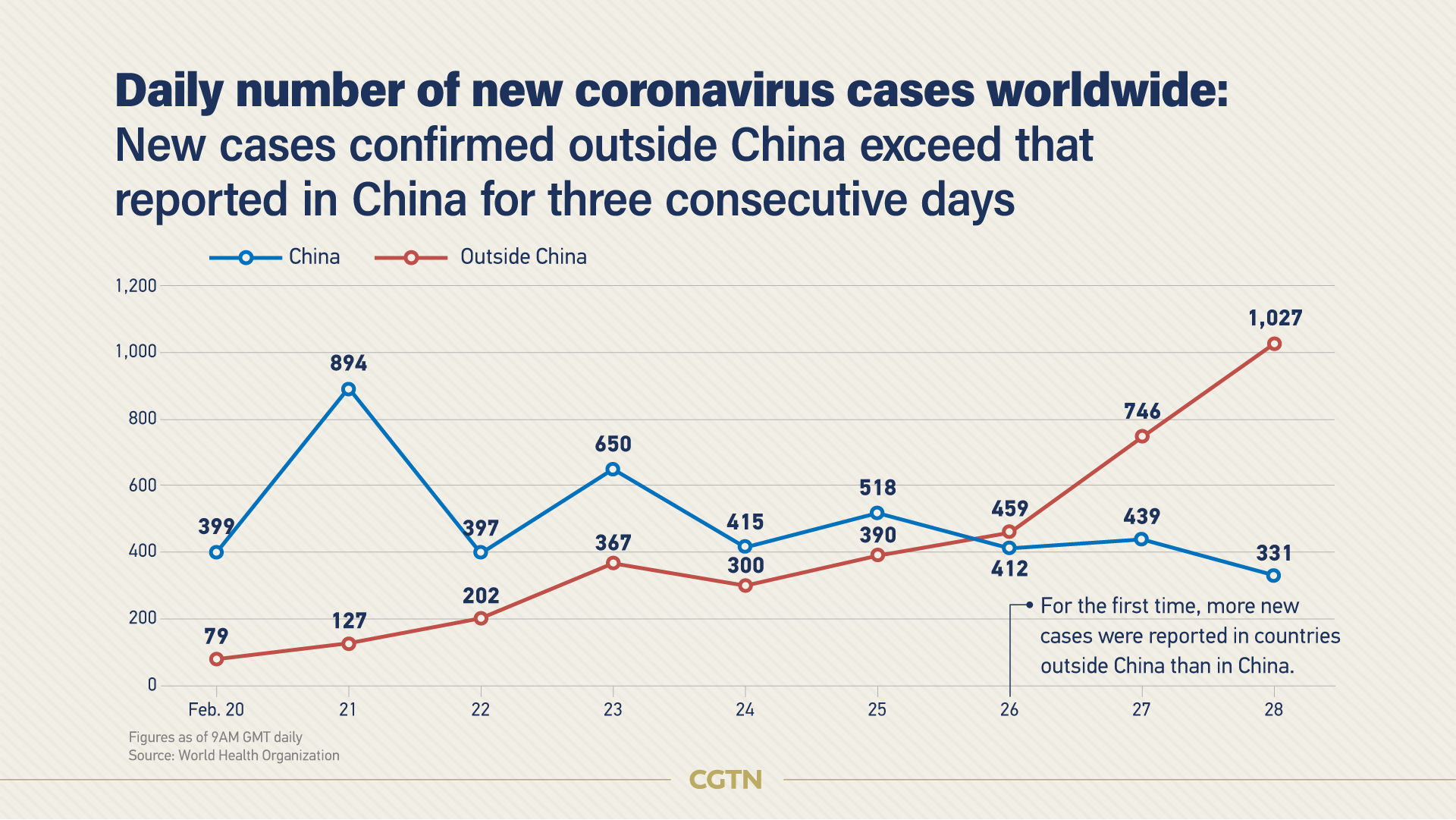
Zeng Yixin, deputy director of the National Health Commission, told reporters at a press conference on Thursday that the commission's timely briefs on coronavirus-related information, proactive sharing of experience in virus containment as well as diagnostic and treatment experience, and commitment to technological communications have won international recognition.
He also stressed that the prevention and control measures taken by China have prevented at least 100,000 cases, according to the Report of the WHO-China Joint Mission on Coronavirus Disease 2019.
China will continue to strengthen cooperation with other countries to fight against the coronavirus outbreak, Chinese Vice Foreign Minister Ma Zhaoxu said at the same occasion.
China's effort to control the source of the virus and contain its spread has bought valuable time for the rest of the world, Ma said, adding that the Chinese government and its people have made huge sacrifices in combating the coronavirus outbreak.
"We relied primarily on our own efforts to respond to the outbreak, and we are grateful to the international community for its sincere assistance. We always said that the outbreak would be temporary, but friendship and cooperation are long-lasting. The sympathy and support of the international community will live on in Chinese people's hearts and minds," said Ma, indicating that China is now returning the favor.
Chinese donations for virus-hit countries at civil and government levels have been underway ever since the outbreak traveled outside China.
After learning that Japan was running short, China donated a batch of test kits to the country's National Institute of Infectious Diseases. The east China metropolis Shanghai delivered a total of 500,000 masks to the worst-hit areas in South Korea, including Daegu and the province of North Gyeongsang. The Chinese Chamber of Commerce in South Korea on Wednesday donated 50 million won (42,000 U.S. dollars) in aid to Daegu. Also on Wednesday a batch of relief supplies for the control and prevention of COVID-19 was handed over to South Korea by a group of Chinese companies.
(Cover image: A doctor checks the body temperature of a woman at a hospital in Fuzhou, southeast China's Fujian Province, January 31, 2020. /Xinhua)
 简体中文
简体中文

